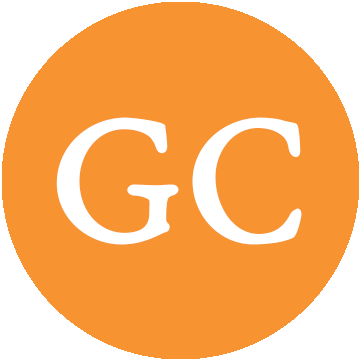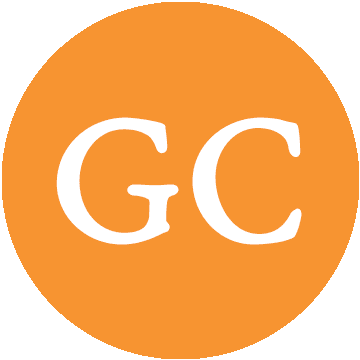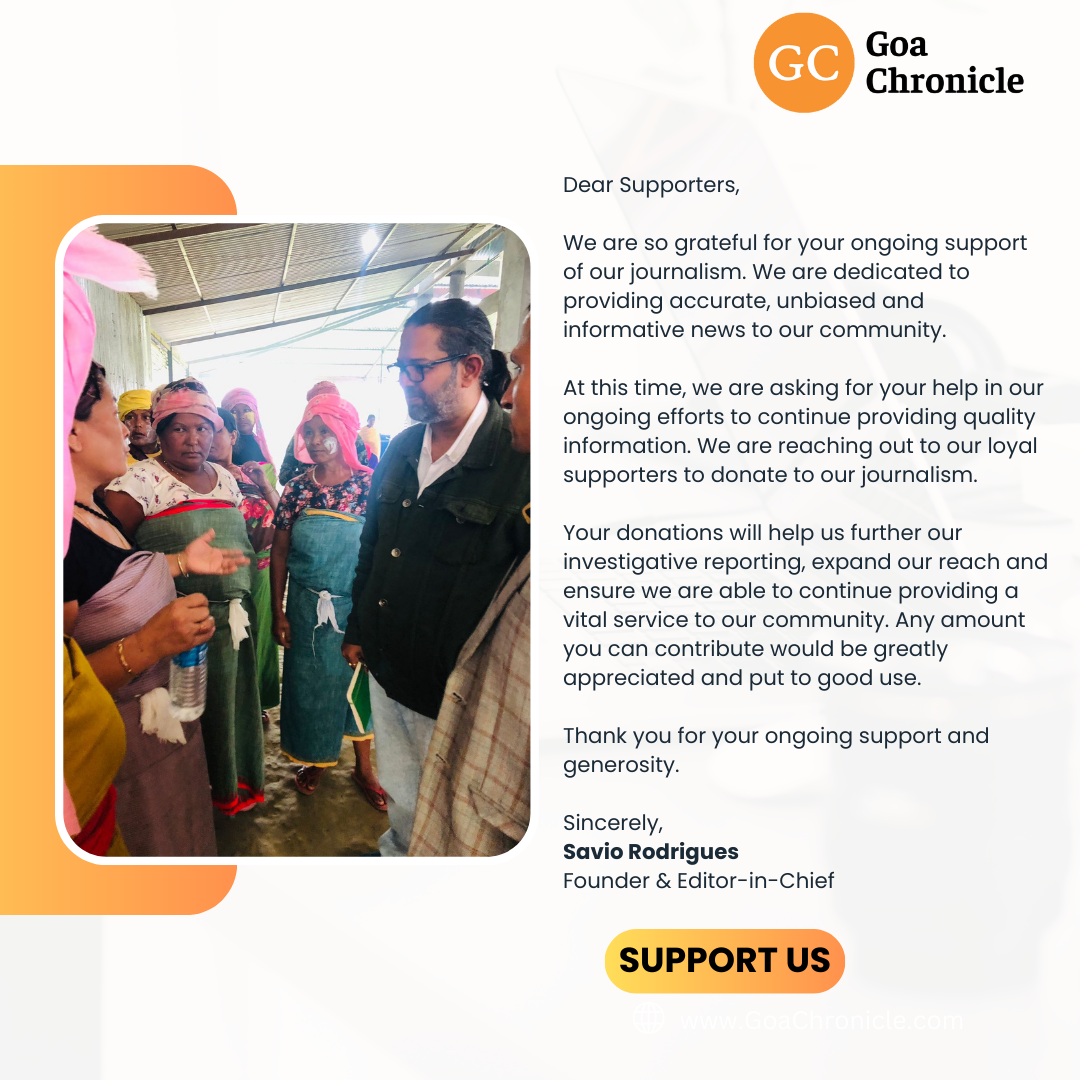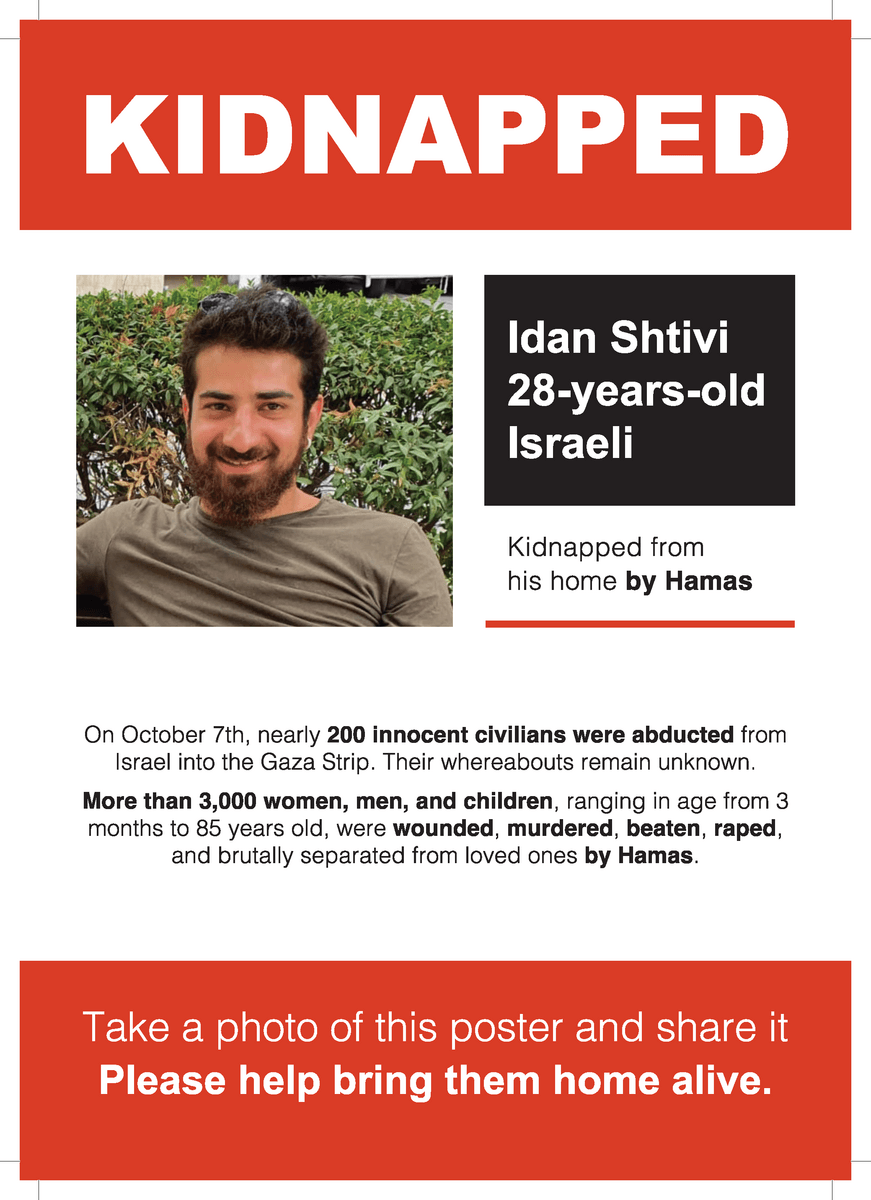GoaChronicle highlights key findings of the Second Progress Report prepared by the Independent Panel for Pandemic Preparedness and Response for the WHO Executive Board, January 2021.
The moot question is whether the World Health Organisation (WHO) and its Director-General erred in terming COVID-19 as a pandemic late. This is the moot question speakers at the conference ‘Changing Paradigms in a Pandemic World: How to regain trust? Health, Happiness & Ethics’ on World Health Day organized by the World Forum for Ethics in Business – an organization founded by Sri Sri Ravi Shankar, must ask the Director-General of WHO.
In retrospect, it is clear that the volume of infections in the early period of the epidemic in all countries was higher than reported. A largely hidden epidemic contributed to the global spread: simulations have shown that mobility networks of air travel predicted the emerging global diffusion of the virus during the early phase of the epidemic.
There is evidence from Wuhan that locally available, commercial, next- generation-sequencing conducted in late-December 2019 provided the first suggestion that a novel virus may be responsible for the clinically observed cases of pneumonia of unknown origin. This may indicate
the potential for a more significant role for these relatively inexpensive techniques, which are able to use technical advances in parallel sequencing to enable high-throughput and reliable results at a fraction of previous costs. They could be made widely available, and protocols could be set in place so that the results they produce can be incorporated into public health surveillance systems.
A close reading of the chronology of the earliest events in the emergence of COVID-19 also suggests to the Panel that there were lost opportunities to apply basic public health measures at the earliest opportunity. While still collecting information, the Panel is becoming more confident in its understanding of the early events in Wuhan, China, where the first presently known cluster of cases was identified setting in train the identification of SARS-CoV-2 as the cause. The Panel is aware of emerging reports of novel coronaviruses possibly being evident in other countries as well, and the Panel will continue to monitor the scientific developments associated with the ongoing investigations and sampling from this time.
What is clear to the Panel is that public health measures could have been applied more forcefully by local and national health authorities in China in January. It is also clear to the Panel that there was evidence of cases in a number of countries by the end of January 2020. Public health containment measures should have been implemented immediately in any country with a likely case. They were not. According to the information analyzed by the Panel, the reality is that only a minority of countries took full advantage of the information available to them to respond to the evidence of an emerging epidemic.
Similarly, the earliest evidence of the success of measures taken against SARS-CoV-2 could have been shared more widely and proactively, and action should have been taken more rapidly to employ the most successful containment measures in all places where cases appeared. The Panel has noted that when WHO conducted a technical briefing at its Executive Board session on 4 February 2020, it reported that there had been over 12 000 confirmed cases in China but only 176 cases in the rest of the world — definitive evidence of human-to-human transmission, and also a clear signal to all countries with even a handful of cases that they needed to act quickly to contain the spread. In far too many countries, this signal was ignored.
The Emergency Committee established under the International Health Regulations (2005) was convened on 22 January 2020. It is not clear why the committee did not meet until the third week of January, nor is it clear why it was unable to agree on the declaration of a public health emergency of international concern when it was first convened. A public health emergency of international concern was declared on 30 January, but on the evidence considered thus far by the Panel, the extent of response to that in countries around the world fell short of what should have been expected. The Panel is continuing to consider what actions could have been taken including by WHO and regional, national, and local actors, that may have resulted in more forceful country action, in particular in the period from the beginning of February 2020 until early March.
One question is whether it would have helped if WHO had used the word pandemic earlier than it did. Although the term pandemic is neither used nor defined in the International Health Regulations (2005), its use does serve to focus attention on the gravity of a health event. It was not until 11 March that WHO used the term.
Independent-Panel_Second-Report-on-Progress_Final-15-Jan-2021GoaChronicle.com view which we raised in May 2020 is exactly what the panel has touched upon:
On March 11th when Dr. Tedros categorized it as a Pandemic and said, “We have therefore made the assessment that COVID-19 can be characterized as a pandemic. Pandemic is not a word to use lightly or carelessly. It is a word that, if misused, can cause unreasonable fear, or unjustified acceptance that the fight is over, leading to unnecessary suffering and death.”
When COVID-19 was categorized as a Pandemic on March 11, there were 118,000 cases in 174 countries.
Even during the 2009 Swine Flu. Dr Margaret Chan, former Director-General of the WHO declared PHEIC on April 25, 2009, and then on June 11, 2009, categorized it as a Pandemic when there were 30,000 cases in 74 countries. Again after nearly six weeks.
I am failing to understand why is that the WHO categorizes a Pandemic in both cases six weeks later but does not consider a Pandemic as an alert-level used under WHO’s emergency response framework.
It feels by using the PHEIC, which most nations ignore, WHO takes cover saying that the world had enough time to act. Even though, it is clearly evident no nation takes the PHEIC declaration seriously. It takes the categorization of a Pandemic more seriously.
When COVID-19 was categorized as a pandemic is when 95-countries around the world initiated partial or full-lockdown not when WHO declared PHEIC.
This brings me to the most pertinent question if Pandemic is not an alert-level response under WHO’s emergency framework then why in both instances Dr. Margaret Chan in 2009 and Dr. Tedros in 2020, categorized a PHEIC as a Pandemic after six weeks.
From January 30th to March 11th, the world over people continued to travel. People from Wuhan, China traveled to and from different parts of the world.
In China by January 30th had over 7700 cases while the world had only 82 cases. There was a rapidly increasing surge in China through human-to-human transmission over the 15-days since China reported no-clear evidence of human-to-human transmission; which WHO Twitter handle tweeted as is – meaning a copy-paste of China’s report without agreeing or disagreeing. Yet PHEIC happened on January 30th but Pandemic categorization happened on March 11, six weeks later.
However, in the 2013 Guidance followed by WHO it states the following:
As a result of lessons learned from the influenza A(H1N1) 2009 pandemic, the 2013 Guidance revises WHO’s approach to global phases of pandemic events. The phases include the inter-pandemic phase (the period between influenza pandemics); the alert phase (when influenza caused by a new subtype has been identified in humans); the pandemic phase (the period of global spread); and the transition phase (the de-escalation phase). These global phases are to be used to describe a new influenza subtype’s spread, “taking account of the disease it causes, around the world,” and are “clearly uncoupled from risk management decisions and actions at the country level.”
The global phases and their application in risk management are distinct from (1) the determination of a PHEIC under the IHR (2005); and (2) the declaration of a pandemic based on assessment of the risk associated with the emerging influenza virus. These are based upon specific assessments and can be used for communicating the need for collective global action, or by regulatory bodies and/or for legal or contractual agreements, should they be based on a determination of a PHEIC or a pandemic declaration.
Determination of a PHEIC: The responsibility of determining a PHEIC lies with the WHO Director-General under Article 12 of the IHR (2005). The determination of a PHEIC leads to the communication of temporary recommendations.
Declaration of a pandemic: During the period of spread of human influenza caused by a new subtype, based on risk assessment and appropriate to the situation, the WHO Director-General may make a declaration of a pandemic.
Dr. Tedros and his team at WHO could have categorized -19 earlier and maybe many lives could have been saved. 2.8 millions lives lost so far and many more still suffering.
































